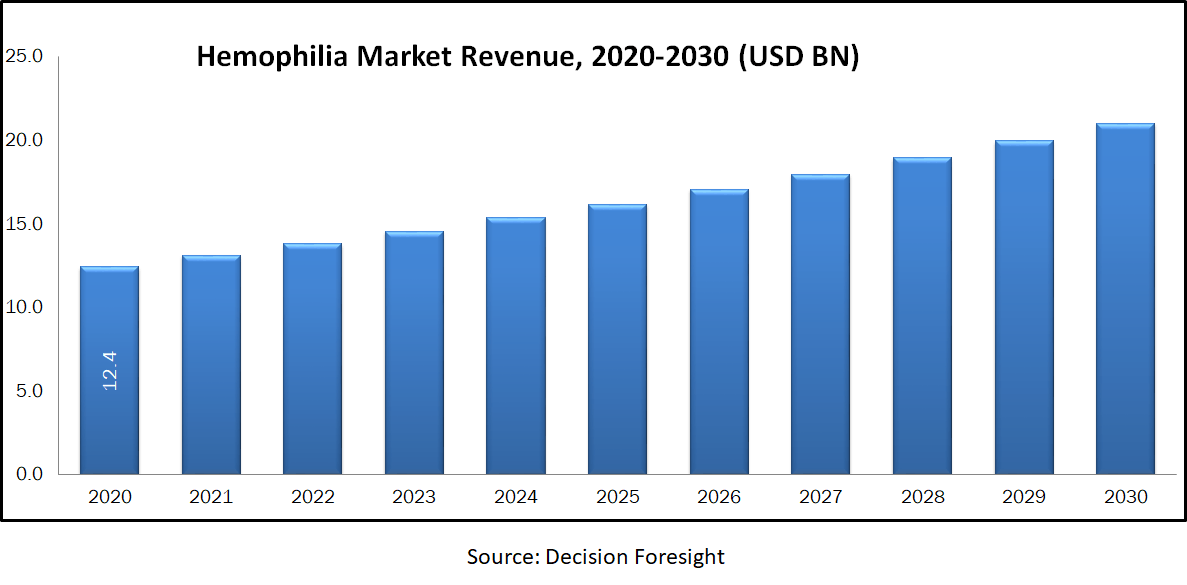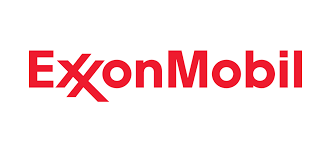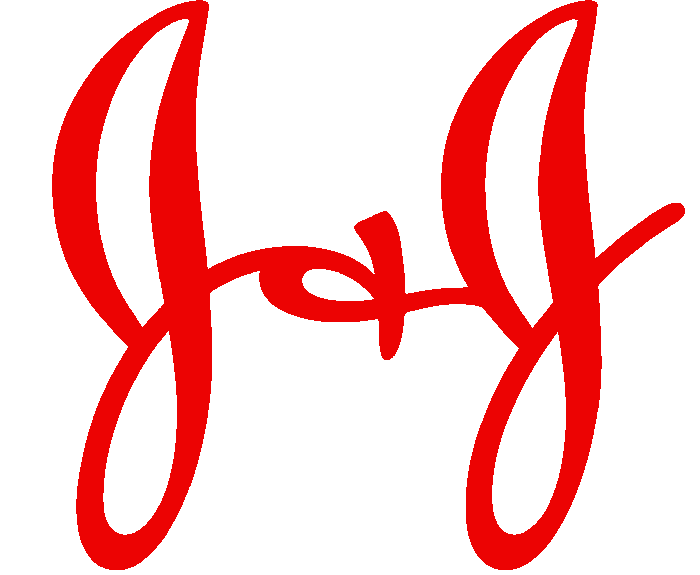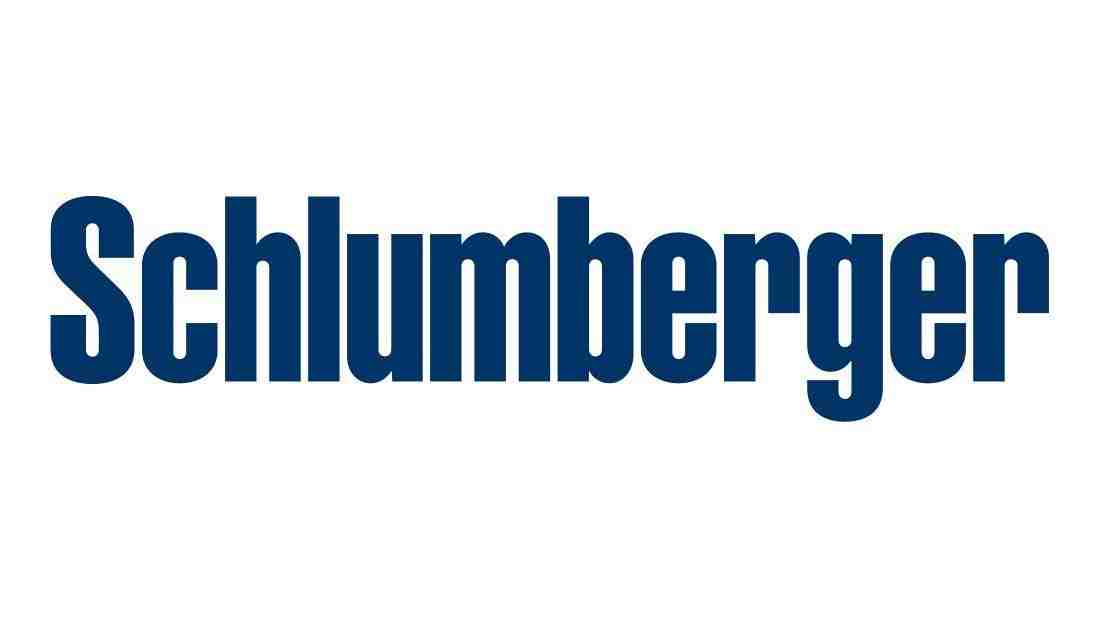Hemophilia Market size was valued at USD 12.4 billion in 2020 and is projected to witness a CAGR of 5.4% over the forecast period. Hemophilia is a rare genetic disorder in which blood doesn't clot normally because of the absence of sufficient blood-clotting proteins recognized as clotting factors. In the types of disorders, type A is projected to be multiple times more major than type B. The global market for hemophilia drugs is growing significantly, owing to the rising number of hemophilia patients globally. According to the World Federation of Hemophilia, 39,495 people with other bleeding disorders along with,184,723 people were affected with Hemophilia in 2016. According to the World Health Organization (WHO), the prevalence of disorder, there is a bigger prominence in males than in females. Rising severity with the genetic evolution and increasing incidence of bleeding disorders globally is anticipated to drive overall market growth. Factor replacement therapies can be derived from human plasma, but since the 1990s, genetically engineered treatments have been available using recombinant DNA technology. Developments in gene therapy and approaching approval of drugs for treatment of hemophilia provide growth opportunities in this market.
Market Segmentation:
On the basis of by type, the hemophilia market is divided into type A, type B, type C. Based on by treatment type, this market is categorized into on-demand and prophylaxis. On the basis by therapy. This market is segmented into replacement therapy and gene therapy. Geographic breakdown and analysis of each of the aforesaid segments includes regions comprising North America, Europe, Asia-Pacific, and RoW.
Market Dynamics and Factors:
Increasing prevalence of the disease is projected to drive hemophilia market growth. The data published by NHF (National Hemophilia Foundation), around 20,000 individuals in U.S. are suffering from this disease. Almost 75 % people suffering from hemophilia receive inadequate treatment globally. A large amount of people with hemophilia are diagnosed at a young age. Recent statistics of CDC (centers for disease control) hemophilia A affects around 1 in 5000 live male births in the U.S. The average age for diagnosis of hemophilia is 36 months for mild state, moderate state is 8 months, and severe state is 1month in U.S. Therefore, increase in the number of people diagnosed from hemophilia will enhance the hemophilia treatment market growth during the forecast period. Increase in government initiatives will expand of industry growth. Organizations such as world hemophilia organization are carrying out awareness and diagnoses programs. Initiatives by the government such as improve public health and treat underprivileged people will result in enhancing the treatment of hemophilia market. High cost of products are unaffordable for the lower income class, resulting in the restraining the business growth.
Geographic Analysis:
North America dominated the market. U.S. contributed the major revenue share accounted USD 3539.3 million in 2018. According to the hemophilia federation of America, approximately 400 new born are diagnosed every year. Availability of insurance and favourable reimbursement, adoption rate of hemophilia medications in the country will result in growing demand and rise in the market growth. India is leading in the hemophilia treatment market and anticipated to grow at 9.2% over the forecast period. Several governments initiatives have helped in building required infrastructure, patients to self-administer treatment at home, empower healthcare providers, thus helping patients achieve a better quality of life. Technological developments, increase in awareness among people, government initiative’s and new product launches will expand the business growth.
Competitive Scenario:
The major key players operating in this market are Baxalta, CSL Behring, BioMarin, Pfizer Inc., Biogen, Bayer Healthcare, Roche, Novo Nordisk and Shire Plc.
Hemophilia Market Report Scope
| Report Attribute | Details |
| Analysis Period | 2020–2030 |
| Base Year | 2021 |
| Forecast Period | 2022–2030 |
| Market Size Estimation | Billion (USD) |
| Growth Rate (CAGR%) | 5.4 % |
|
| By Type (Type A, Type B and Type C), By Treatment (On-demand, Prophylaxis), By Therapy (Replacement Therapy, Gene Therapy) |
| Geographical Segmentation | North America (U.S., Canada, Mexico) Europe (UK, Germany, Italy, France, Rest of Europe), Asia-Pacific (China, Japan, India, Australia, Rest of APAC), South America (Brazil, Argentina, Rest of SA), MEA (UAE, Saudi Arabia, South Africa) |
| Key Companies Profiled | Baxalta, CSL Behring, BioMarin, Pfizer Inc., Biogen, Bayer Healthcare, Roche, Novo Nordisk and Shire Plc. |
|
|
|







